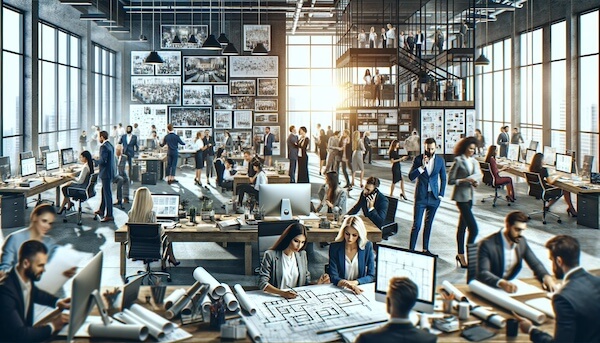Perfecting the Art of Flawless Film Mapping on Arched LED Screens for Stunning Visual Audience Experiences
Perfecting the Art of Flawless Film Mapping on Arched LED Screens for Stunning Visual Audience Experiences
Blog Article
Video mapping is an exciting technology that enables images and videos to be displayed onto areas, creating breathtaking aesthetic experiences. When it comes to rounded areas, mastering this craft can be a bit more challenging than projecting onto level planes. Curved surfaces can encompass various elements from the sides of buildings to art pieces and even stages. Understanding how to efficiently map videos onto these forms is crucial for artists, designers, and occasion planners who want to develop immersive environments that captivate viewers.
The initial phase in video mapping on rounded areas is to understand the shape of the area. Curved surfaces can be complex, with varying degrees of curvature. To attain a smooth projection, it is important to create a 3D representation of the area. This representation helps in visualizing how the video will look when projected. Software tools are accessible that allow users to develop these models and mimic the display. By precisely aligning the dimensions and contours of the surface, designers can guarantee that the video aligns perfectly without warping.
Once the 3D model is ready, the next step is to edit the footage content. This involves modifying the footage to suit the particular shape and size of the rounded area. It is essential to consider the angles and viewpoints from which the viewers will observe the display. The material should be crafted to improve the aesthetic encounter, making it engaging and relevant to the concept of the occasion or installation. Using premium visuals and motion graphics can greatly enhance the total effect of the projection.
After preparing the material, the real projection process starts. This includes placing up the projectors at the correct angles and spaces to guarantee that the footage aligns with the 3D model. check out this site Adjustment is a crucial part of this process. It may necessitate adjusting the brightness, differentiation, and sharpness of the projectors to achieve the optimal outcomes. Additionally, using several projectors may be necessary to encompass larger or more intricate areas. This technique, known as seamless projection, helps form a seamless image across the entire area.
Finally, testing the display is crucial before the final show. This enables creators to make any necessary adjustments to the video and projector configurations. It is also an chance to see how the audience will perceive the projection from different perspectives. By ensuring that the footage projection is flawless, designers can provide a remarkable visual encounter that leaves a lasting impact. Perfecting video projection on curved areas not only improves artistic output but also opens up new opportunities for narrative and audience interaction in various settings.